
Mastering Python for Networking and Security. Leverage the scripts and libraries of Python version 3.7 and beyond to overcome networking and security issues - Second Edition José Ortega
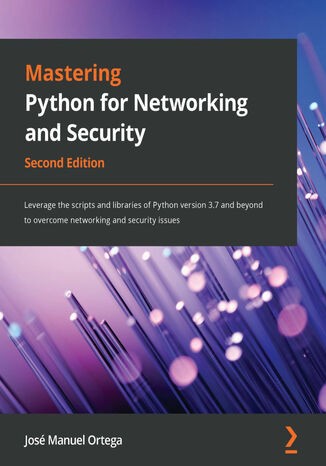



- Autor:
- José Ortega
- Wydawnictwo:
- Packt Publishing
- Ocena:
- Stron:
- 538
- Dostępne formaty:
-
PDFePubMobi
Opis
książki
:
Mastering Python for Networking and Security. Leverage the scripts and libraries of Python version 3.7 and beyond to overcome networking and security issues - Second Edition
Python is being used for increasingly advanced tasks, with the latest update introducing new libraries and packages featured in the Python 3.7.4 recommended version. Moreover, most scripts are compatible with the latest versions of Python and can also be executed in a virtual environment.
This book will guide you through using these updated packages to build a secure network with the help of Python scripting. You’ll cover a range of topics, from building a network to the procedures you need to follow to secure it. Starting by exploring different packages and libraries, you’ll learn about various ways to build a network and connect with the Tor network through Python scripting. You will also learn how to assess a network's vulnerabilities using Python security scripting. Later, you’ll learn how to achieve endpoint protection by leveraging Python packages, along with writing forensic scripts.
By the end of this Python book, you’ll be able to use Python to build secure apps using cryptography and steganography techniques.
Wybrane bestsellery
Packt Publishing - inne książki
Dzięki opcji "Druk na żądanie" do sprzedaży wracają tytuły Grupy Helion, które cieszyły sie dużym zainteresowaniem, a których nakład został wyprzedany.
Dla naszych Czytelników wydrukowaliśmy dodatkową pulę egzemplarzy w technice druku cyfrowego.
Co powinieneś wiedzieć o usłudze "Druk na żądanie":
- usługa obejmuje tylko widoczną poniżej listę tytułów, którą na bieżąco aktualizujemy;
- cena książki może być wyższa od początkowej ceny detalicznej, co jest spowodowane kosztami druku cyfrowego (wyższymi niż koszty tradycyjnego druku offsetowego). Obowiązująca cena jest zawsze podawana na stronie WWW książki;
- zawartość książki wraz z dodatkami (płyta CD, DVD) odpowiada jej pierwotnemu wydaniu i jest w pełni komplementarna;
- usługa nie obejmuje książek w kolorze.
Masz pytanie o konkretny tytuł? Napisz do nas: sklep@helion.pl
Książka drukowana







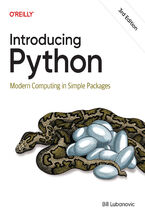






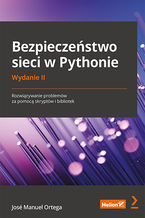







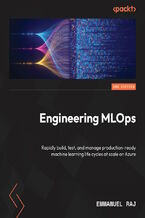




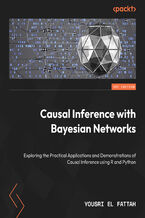





Oceny i opinie klientów: Mastering Python for Networking and Security. Leverage the scripts and libraries of Python version 3.7 and beyond to overcome networking and security issues - Second Edition José Ortega
(0)